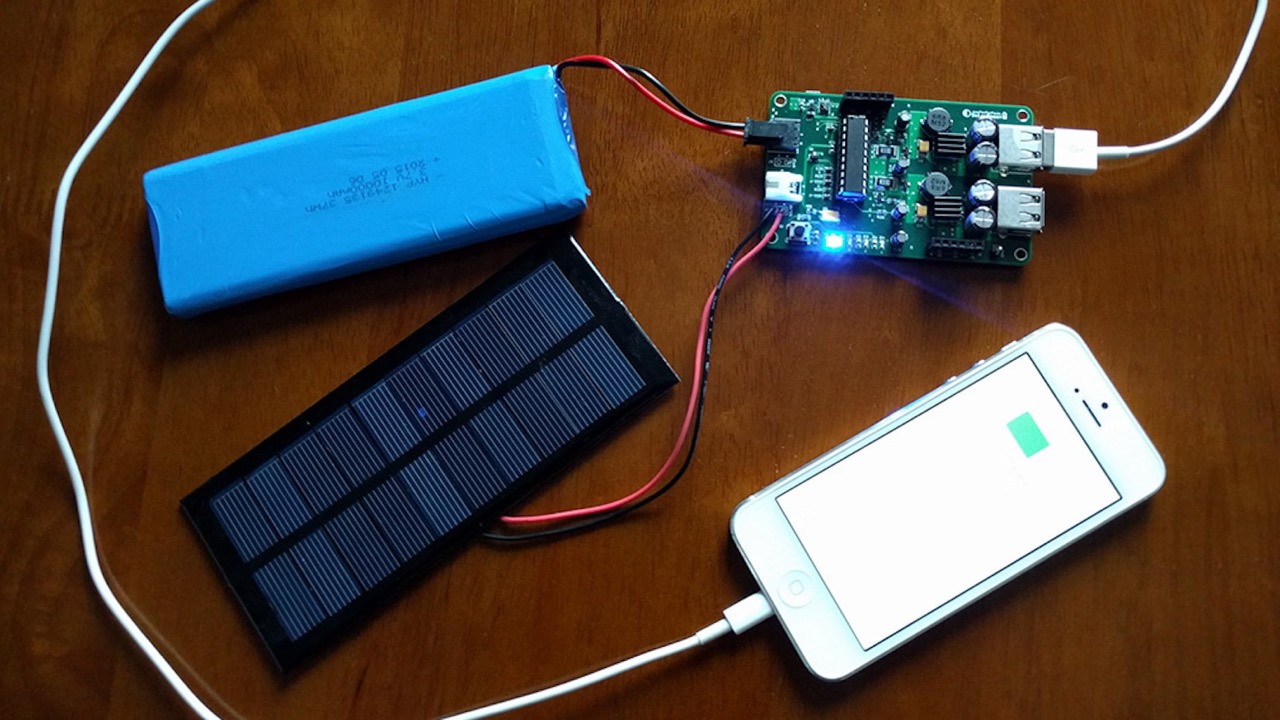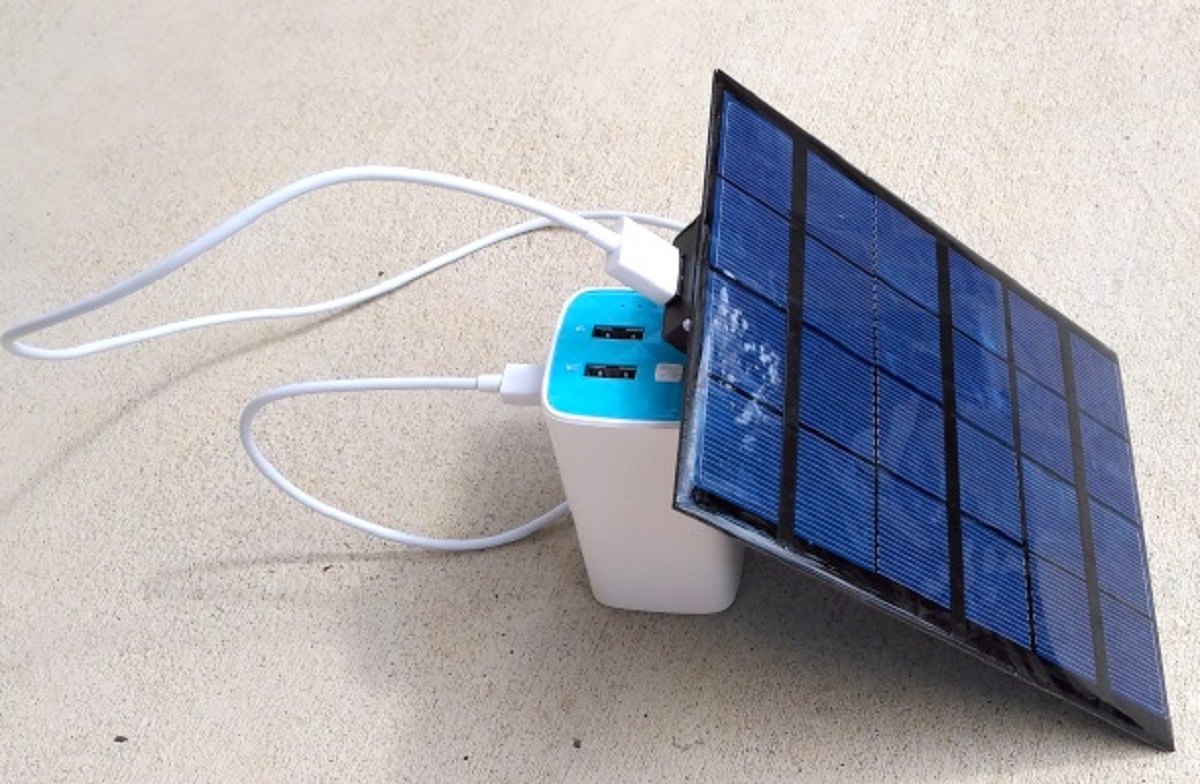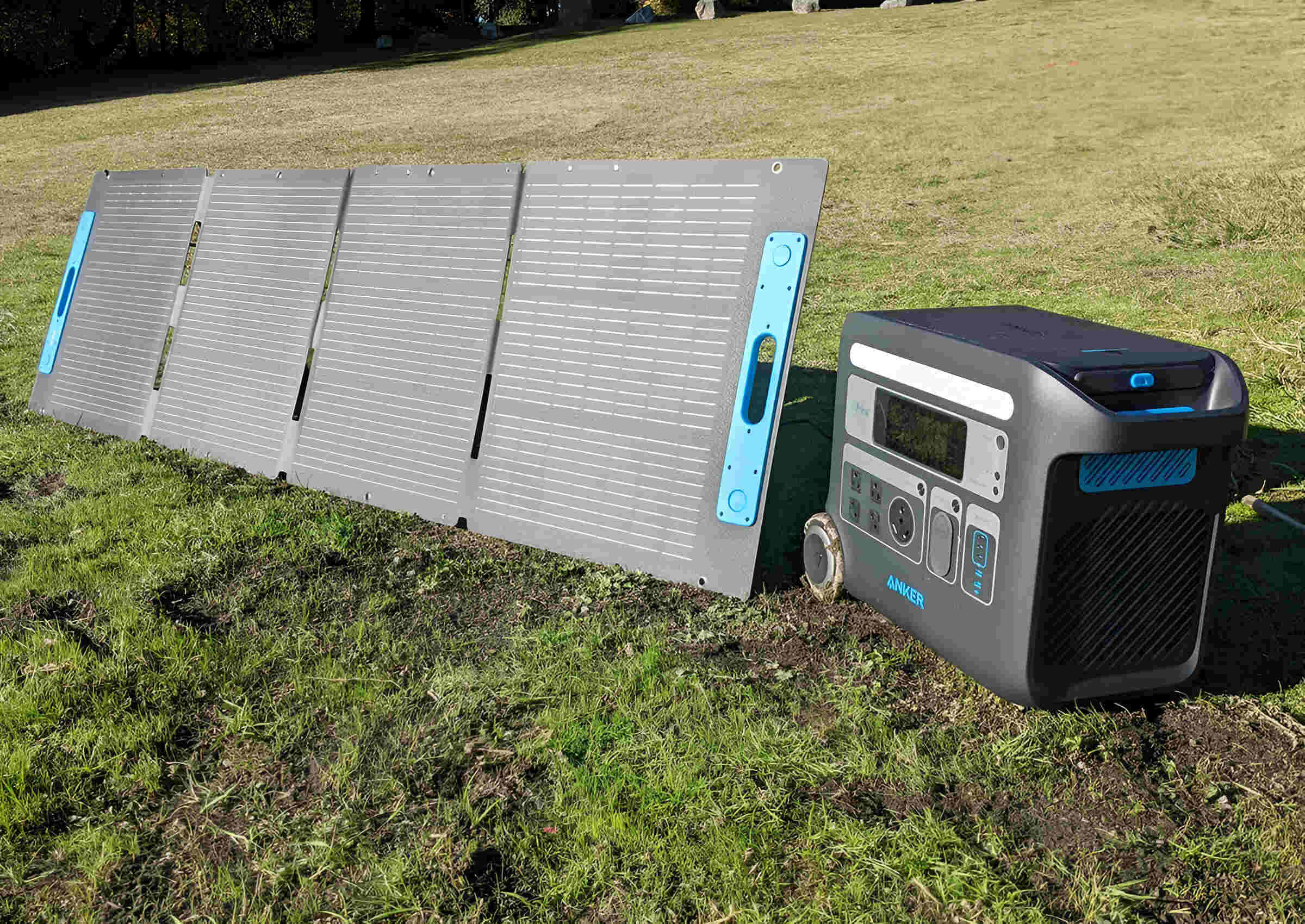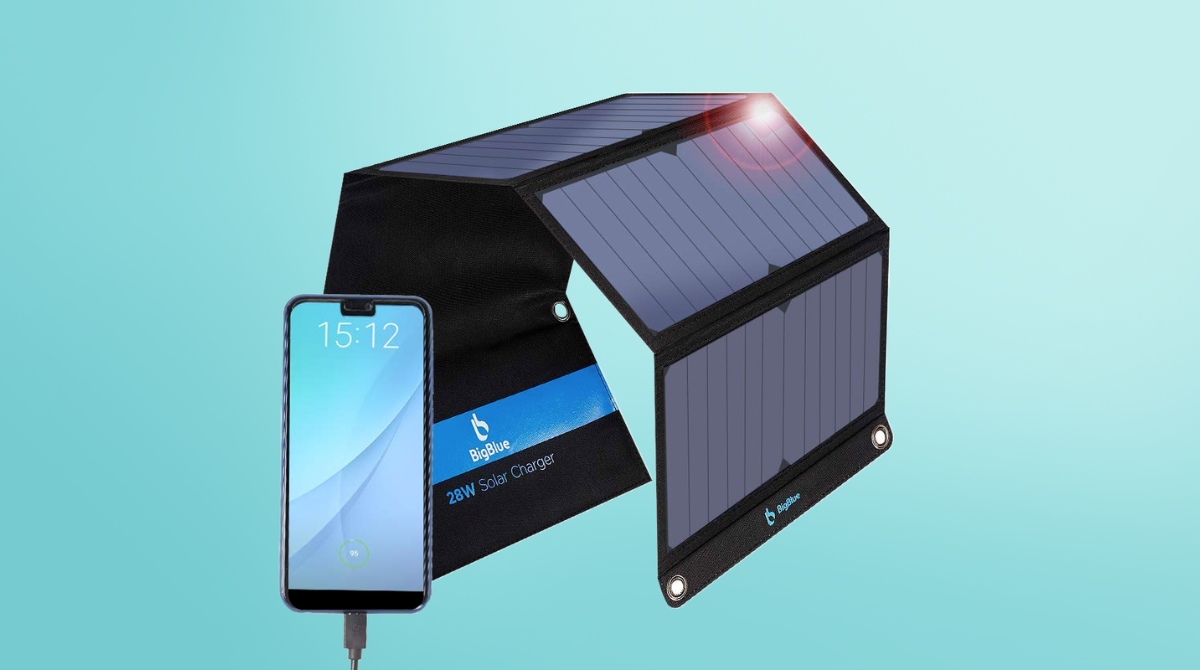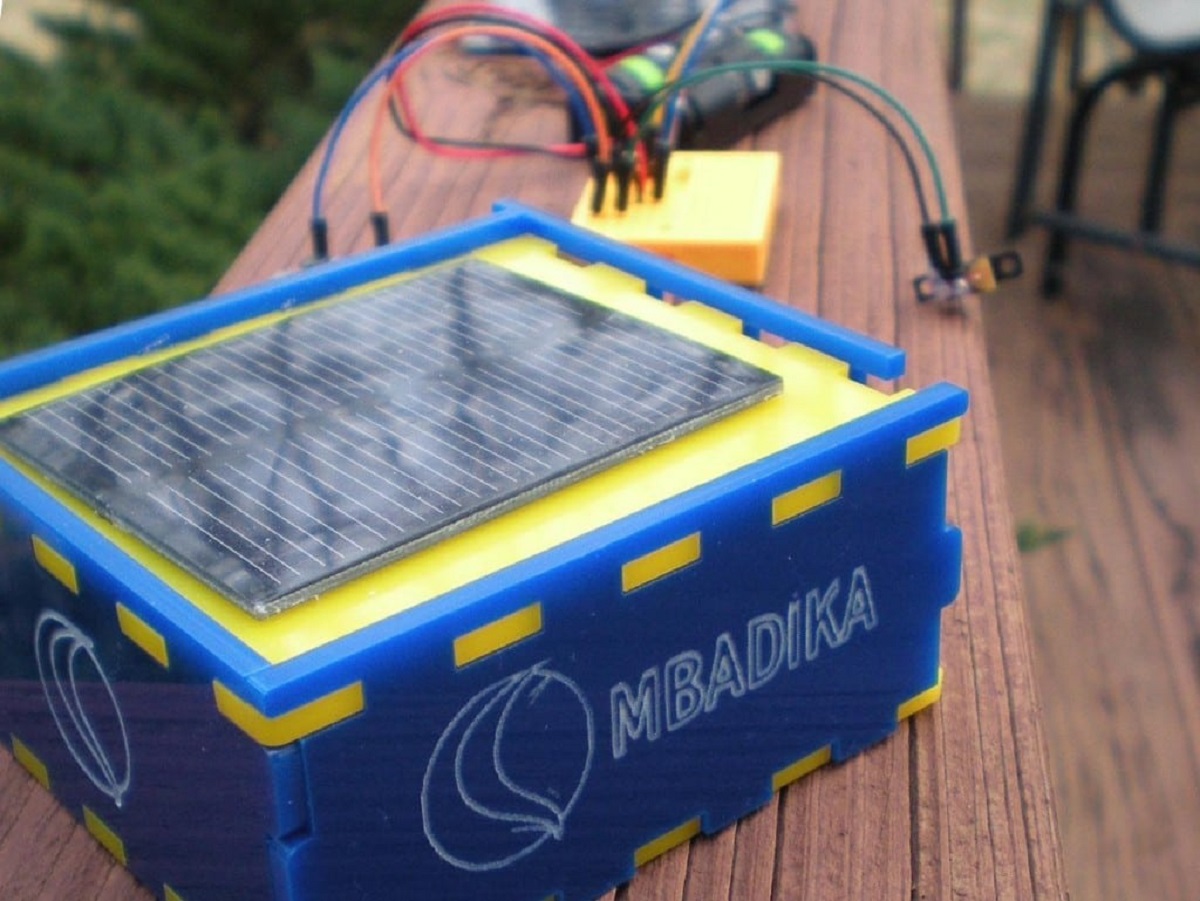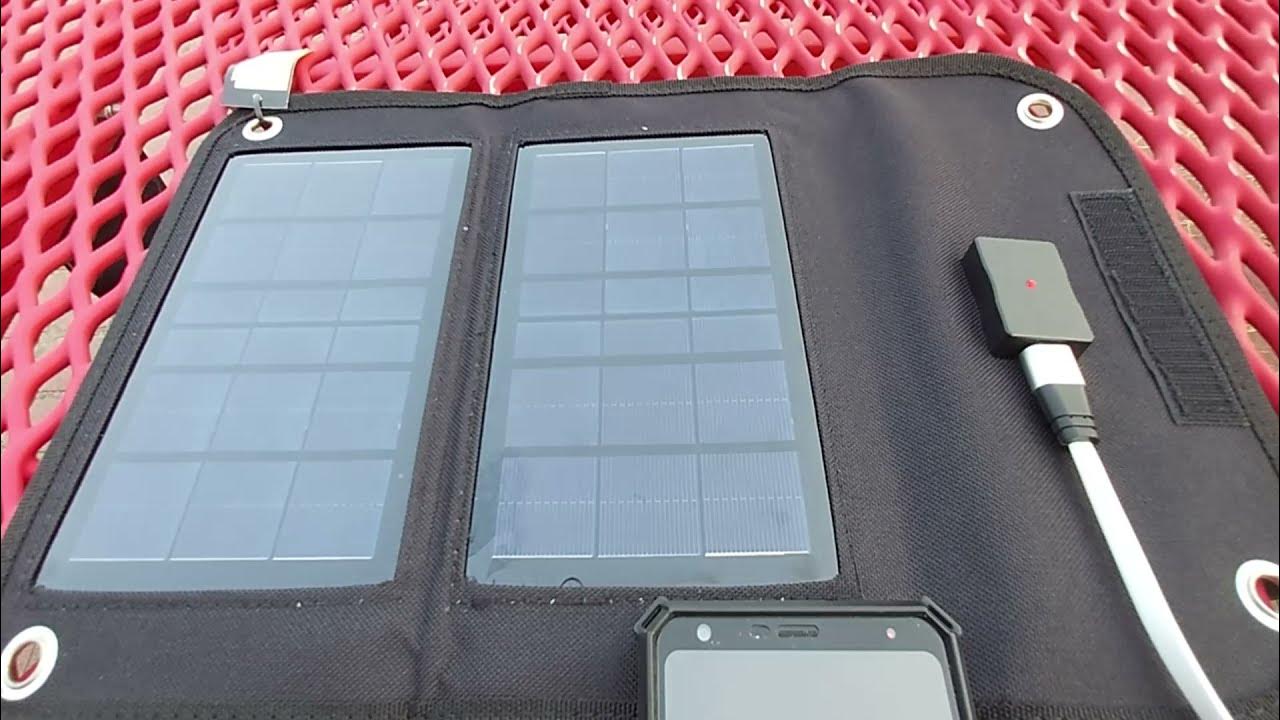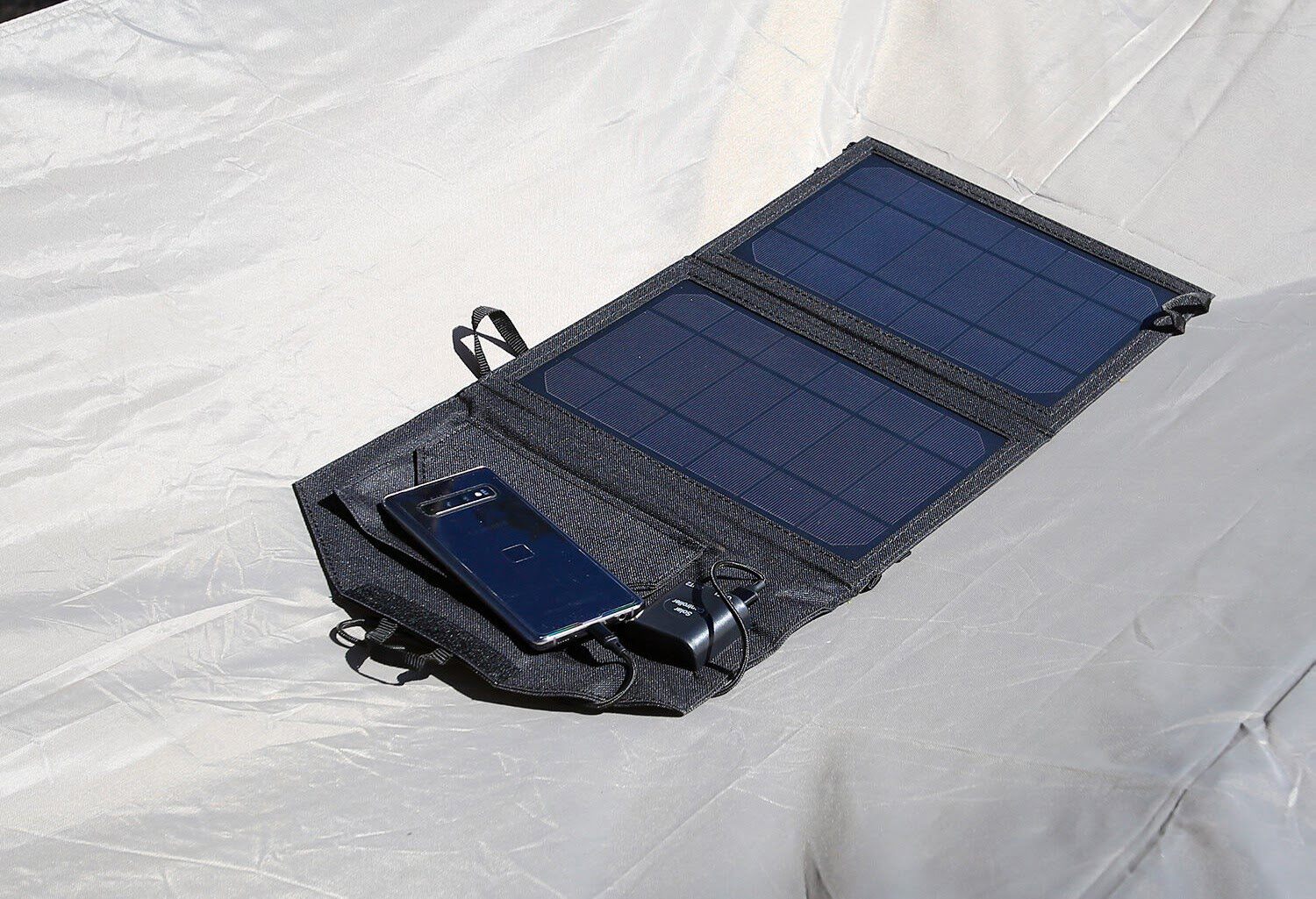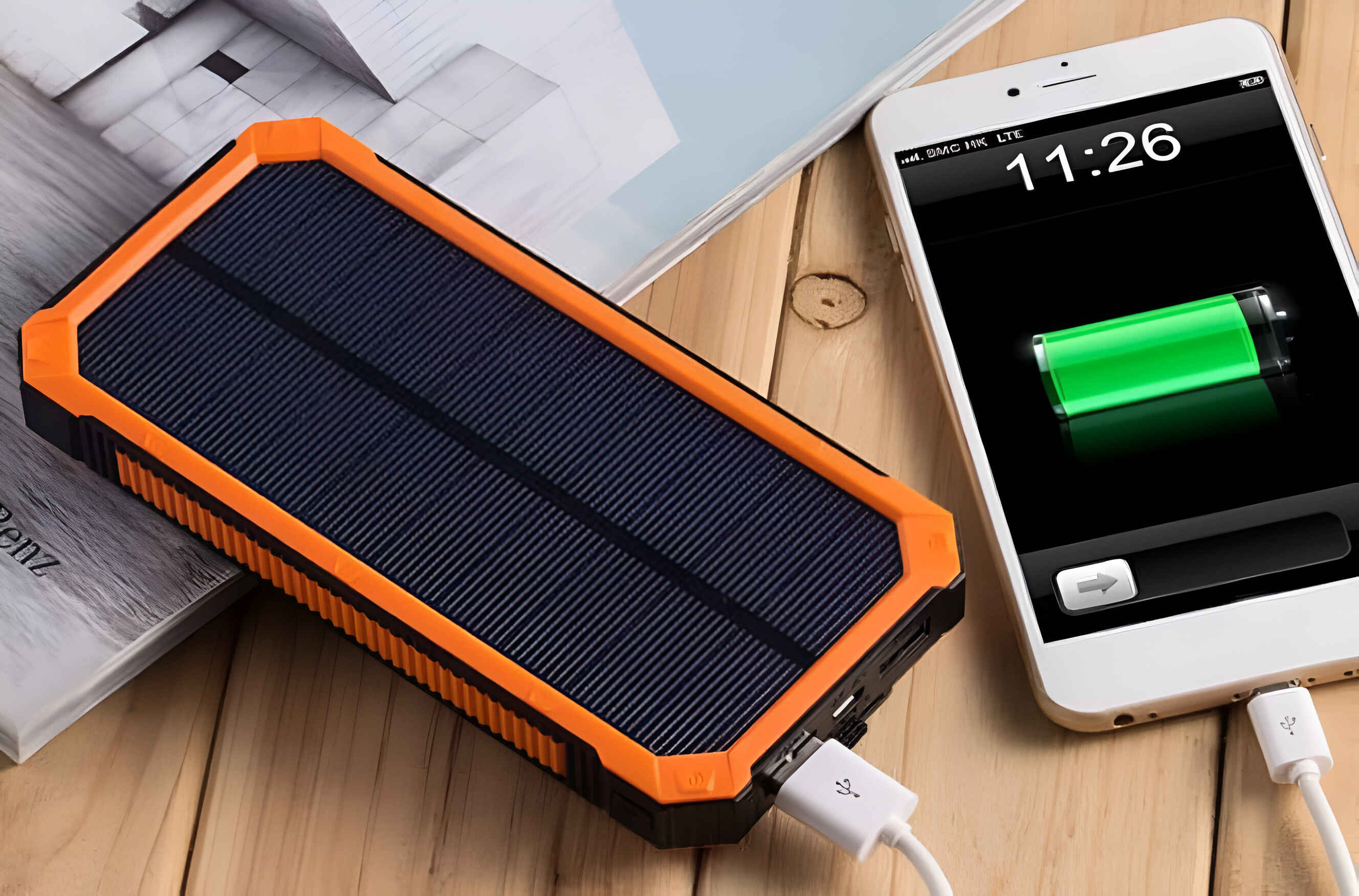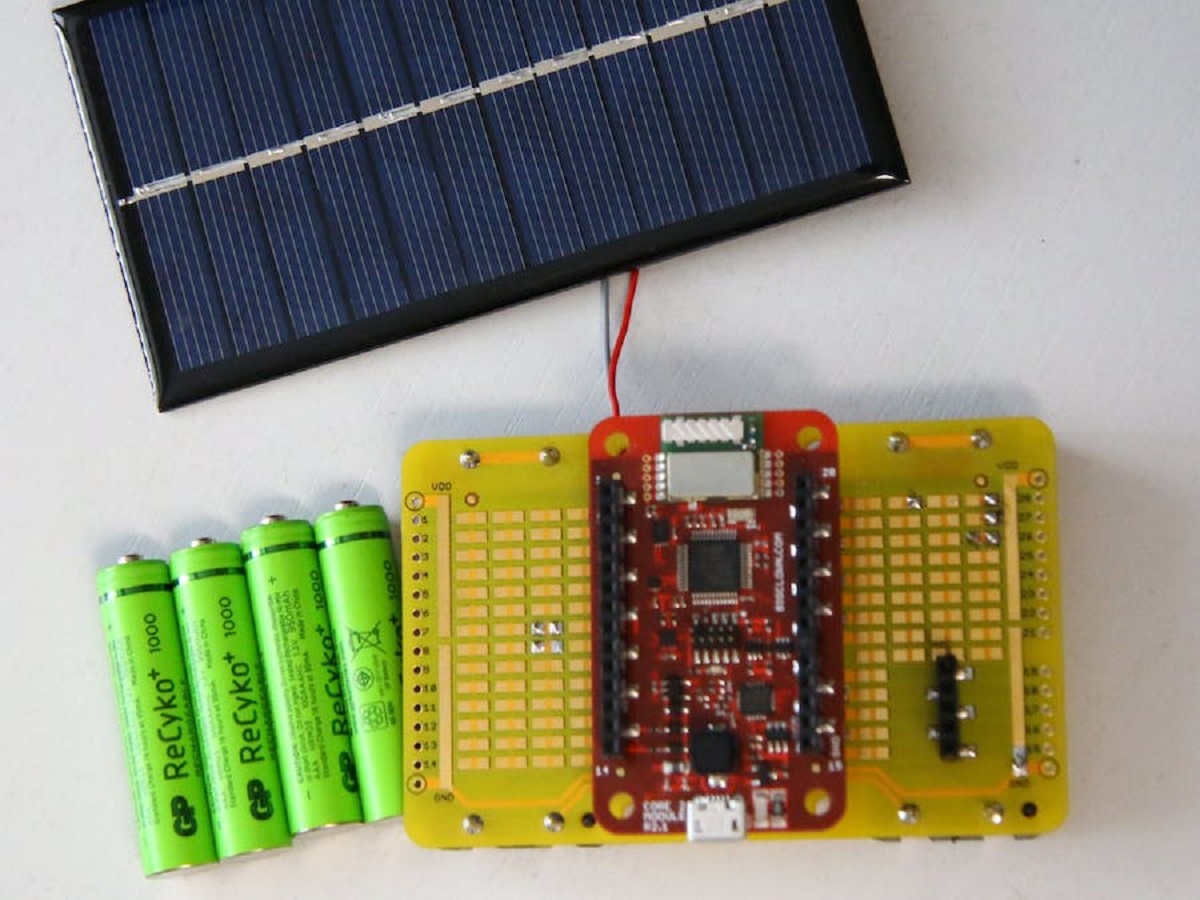Introduction
Are you tired of constantly searching for an available power outlet to charge your devices? Do you want to reduce your carbon footprint and embrace sustainable energy solutions? If so, harnessing the power of the sun to create your own solar-powered USB charger could be the perfect project for you. This comprehensive guide will walk you through the process of building a solar-powered USB charger, allowing you to charge your devices anytime, anywhere, while minimizing your reliance on traditional power sources.
In this guide, you will learn the fundamentals of solar power, gain insights into selecting the right components for your solar-powered USB charger, and receive step-by-step instructions for assembling and testing your creation. By the time you finish reading, you will be equipped with the knowledge and confidence to embark on this environmentally friendly and empowering DIY project.
Embarking on the journey of creating a solar-powered USB charger not only offers a practical solution for charging your devices on the go, but it also presents an opportunity to engage with renewable energy in a hands-on and meaningful way. As you delve into the intricacies of solar power and the components necessary for your charger, you will gain a deeper understanding of sustainable energy and its potential to transform the way we power our everyday devices.
So, roll up your sleeves, gather your tools, and prepare to embark on an enlightening and rewarding adventure in solar energy. Let's dive into the world of solar power and discover how you can harness the sun's energy to create a reliable and eco-friendly USB charger.
Understanding Solar Power
Before delving into the specifics of building a solar-powered USB charger, it is essential to grasp the underlying principles of solar power. At its core, solar power harnesses the energy emitted by the sun and converts it into electricity that can be used to power various devices and appliances. This process is made possible through the use of solar panels, which contain photovoltaic cells that capture sunlight and initiate the generation of electrical current.
Solar panels, often composed of silicon-based materials, function by allowing photons from sunlight to dislodge electrons from atoms within the panel, creating a flow of electricity. This direct current (DC) electricity can then be utilized to charge batteries or converted into alternating current (AC) electricity through the use of an inverter for powering electronic devices.
Understanding the basics of solar power involves recognizing the potential of solar energy as a clean and renewable resource. Unlike non-renewable energy sources such as fossil fuels, solar power offers a sustainable and environmentally friendly alternative. By harnessing the sun’s energy, individuals can reduce their reliance on traditional power grids and minimize their carbon footprint.
Furthermore, gaining insight into solar power sets the stage for exploring the practical applications of this abundant energy source. Whether it’s charging a USB device, powering outdoor lighting, or even supplying electricity to an entire home, the versatility of solar power is vast and continually expanding.
By comprehending the fundamental principles of solar power, you will be better equipped to appreciate the significance of creating a solar-powered USB charger. This understanding will not only guide your construction process but also inspire a deeper appreciation for the transformative potential of solar energy in our daily lives.
Choosing the Right Solar Panel
When embarking on the journey of creating a solar-powered USB charger, selecting the appropriate solar panel is a crucial first step. Solar panels come in various types, each with unique characteristics and capabilities. Understanding the key factors that differentiate solar panels will enable you to make an informed decision based on your specific needs and preferences.
One of the primary considerations when choosing a solar panel is its efficiency in converting sunlight into electricity. High-efficiency panels can generate more power in limited space, making them ideal for compact projects such as a portable USB charger. Additionally, the size and weight of the solar panel are essential, especially if you intend to use the charger for on-the-go applications.
Another vital aspect to assess is the durability and weather resistance of the solar panel. Since the charger will likely be used outdoors, ensuring that the panel can withstand various environmental conditions, such as rain, heat, and UV exposure, is paramount. Look for panels with robust construction and a high degree of weatherproofing to guarantee longevity and reliable performance.
Furthermore, consider the type of solar cells used in the panel. Monocrystalline solar panels are known for their high efficiency and sleek design, making them a popular choice for portable applications. Polycrystalline panels, while slightly less efficient, offer a cost-effective alternative without compromising overall performance. Both options provide viable solutions for charging USB devices, allowing you to tailor your selection based on your budget and efficiency requirements.
Lastly, assess the power output and voltage of the solar panel to ensure compatibility with the battery and devices you intend to charge. Understanding the electrical characteristics of the panel will facilitate seamless integration with the rest of the charger’s components, optimizing its overall performance.
By carefully evaluating these factors and conducting thorough research, you can confidently select a solar panel that aligns with your project goals and sets the foundation for a reliable and efficient solar-powered USB charger.
Selecting the Proper Battery
Choosing the right battery is a critical aspect of creating a functional and efficient solar-powered USB charger. The battery serves as the energy storage component, allowing the charger to harness and store solar energy for later use. When selecting a battery for your project, several key factors should be considered to ensure optimal performance and reliability.
Capacity and voltage are fundamental considerations when choosing a battery. The capacity, measured in ampere-hours (Ah), determines the total amount of charge the battery can store. For a solar-powered USB charger, selecting a battery with a capacity that aligns with your charging needs is essential. Additionally, matching the voltage of the battery to the requirements of your devices and voltage regulator is crucial for seamless compatibility.
Battery chemistry is another crucial factor to evaluate. Common battery chemistries suitable for solar applications include lead-acid, lithium-ion, and nickel-based chemistries. Lead-acid batteries are cost-effective and robust, making them suitable for stationary applications. Lithium-ion batteries, on the other hand, offer higher energy density and lighter weight, making them ideal for portable and mobile projects such as a solar-powered USB charger. Nickel-based chemistries provide a balance between cost, performance, and safety, offering a versatile option for various applications.
Furthermore, assessing the battery’s cycle life and depth of discharge capabilities is essential for longevity and reliable operation. A battery with a high cycle life and deep discharge capabilities can withstand frequent charging and discharging cycles, ensuring prolonged usability and efficiency for your solar-powered USB charger.
Consider the charging and discharging characteristics of the battery to ensure compatibility with the solar panel and voltage regulator. Some batteries may require specific charging parameters to optimize performance and longevity. Understanding these requirements will enable you to select a battery that seamlessly integrates with the rest of the charger’s components.
By carefully evaluating these factors and understanding the unique characteristics of different battery options, you can confidently select a battery that meets the energy storage needs of your solar-powered USB charger, ensuring reliable and sustainable power for your devices.
Selecting the Right Voltage Regulator
Choosing the appropriate voltage regulator is a crucial step in the construction of a solar-powered USB charger. The voltage regulator, also known as a charge controller, plays a pivotal role in managing the power flow from the solar panel to the battery, ensuring efficient and safe charging operations. When selecting a voltage regulator for your project, several key factors should be taken into consideration to optimize the charging process and protect the components of the charger.
One of the primary considerations is the type of voltage regulator. There are two main types: pulse width modulation (PWM) and maximum power point tracking (MPPT) regulators. PWM regulators are cost-effective and suitable for smaller solar charging systems, making them a practical choice for a solar-powered USB charger. MPPT regulators, while more expensive, offer higher efficiency and are well-suited for larger solar installations. Understanding the differences between these types will guide you in selecting the most appropriate regulator for your specific project requirements.
Assess the maximum input voltage and current rating of the voltage regulator to ensure compatibility with the solar panel’s output. Understanding the electrical parameters of the solar panel and selecting a regulator that can handle the corresponding voltage and current levels is essential for seamless integration and optimal charging performance.
Furthermore, consider the features offered by the voltage regulator, such as overcharge protection, temperature compensation, and low-voltage disconnect. These features are designed to safeguard the battery and ensure reliable and safe charging operations, especially in varying environmental conditions and charging scenarios. Additionally, temperature compensation capabilities can enhance the overall efficiency and longevity of the battery by adjusting the charging parameters based on environmental temperature fluctuations.
Evaluate the size, heat dissipation, and overall build quality of the voltage regulator to ensure that it can withstand the intended application environment. For a portable solar-powered USB charger, compact size and efficient heat dissipation are advantageous, allowing for easy integration and reliable performance in a variety of settings.
By carefully considering these factors and understanding the role of the voltage regulator in the charging process, you can confidently select a regulator that aligns with your project’s requirements, ensuring efficient and safe charging operations for your solar-powered USB charger.
Assembling the Components
With the essential components in hand, it’s time to embark on the exciting process of assembling your solar-powered USB charger. This step-by-step guide will walk you through the assembly process, allowing you to bring together the solar panel, battery, voltage regulator, and other necessary components to create a functional and reliable charger.
Begin by carefully mounting the selected solar panel in a location that receives ample sunlight. Ensure that the panel is securely positioned and angled to maximize sun exposure throughout the day. Once the panel is in place, connect the output cables to the input terminals of the voltage regulator, taking care to observe proper polarity to avoid damage to the components.
Next, connect the battery to the voltage regulator, again paying close attention to the polarity to prevent any potential damage. Once the connections are secure, confirm that the system is functioning as expected by checking the voltage readings and verifying the charging status indicated by the regulator.
Assemble the USB charging port, ensuring that it is compatible with the voltage output of the regulator and capable of safely charging your devices. Securely connect the charging port to the output terminals of the voltage regulator, confirming the polarity and ensuring a stable connection.
Take the time to inspect all connections, ensuring that they are secure and free from any potential hazards such as exposed wires or loose terminals. Once the connections are verified, consider enclosing the components in a protective casing or housing to safeguard them from environmental elements and physical damage, especially if the charger will be used in outdoor or mobile settings.
Before finalizing the assembly, conduct a comprehensive check of the entire system, verifying the connections, voltage readings, and overall functionality. Test the charger by connecting a compatible device and confirming that it charges as intended, demonstrating the successful integration of the solar panel, battery, and voltage regulator into a fully functional solar-powered USB charger.
By methodically assembling the components and ensuring proper connections and functionality, you can take pride in creating a reliable and efficient solar-powered USB charger that harnesses the sun’s energy to power your devices sustainably and conveniently.
Testing Your Solar-Powered USB Charger
After assembling the components of your solar-powered USB charger, it’s essential to conduct thorough testing to ensure its functionality and performance. Testing the charger will allow you to verify its ability to harness solar energy, charge the battery, and power electronic devices effectively. This critical step will provide confidence in the charger’s reliability and suitability for practical use.
Begin by placing the solar panel in direct sunlight and monitoring the voltage output using a multimeter. Confirm that the panel is generating the expected voltage and current, indicating its ability to capture solar energy efficiently. This initial test validates the functionality of the solar panel and its capacity to supply power to the charger.
Next, observe the charging process as the battery absorbs solar energy. Monitor the voltage and current readings from the solar panel and voltage regulator to ensure that the battery is receiving a consistent and stable charge. This step confirms the proper operation of the charging system and its ability to store solar energy for later use.
Once the battery is adequately charged, connect a compatible electronic device to the USB charging port and confirm that it initiates the charging process. Monitor the device to ensure that it charges as expected, validating the charger’s ability to power electronic devices using solar energy stored in the battery. This test demonstrates the practical utility of the solar-powered USB charger in real-world applications.
Conduct additional tests under varying environmental conditions, such as partial sunlight or shade, to assess the charger’s performance in less-than-ideal scenarios. Observing the charger’s ability to adapt to different light conditions and maintain consistent charging capabilities provides valuable insights into its reliability and versatility.
Throughout the testing process, document your observations and measurements, noting any variations or anomalies in the charger’s performance. This record will serve as a valuable reference for troubleshooting and optimizing the charger in the future, ensuring continued reliability and efficiency.
By rigorously testing your solar-powered USB charger under diverse conditions and scenarios, you can confidently affirm its functionality, reliability, and practicality. This comprehensive testing process validates the charger’s ability to harness solar energy and deliver sustainable power to your electronic devices, empowering you to embrace solar technology for everyday charging needs.







